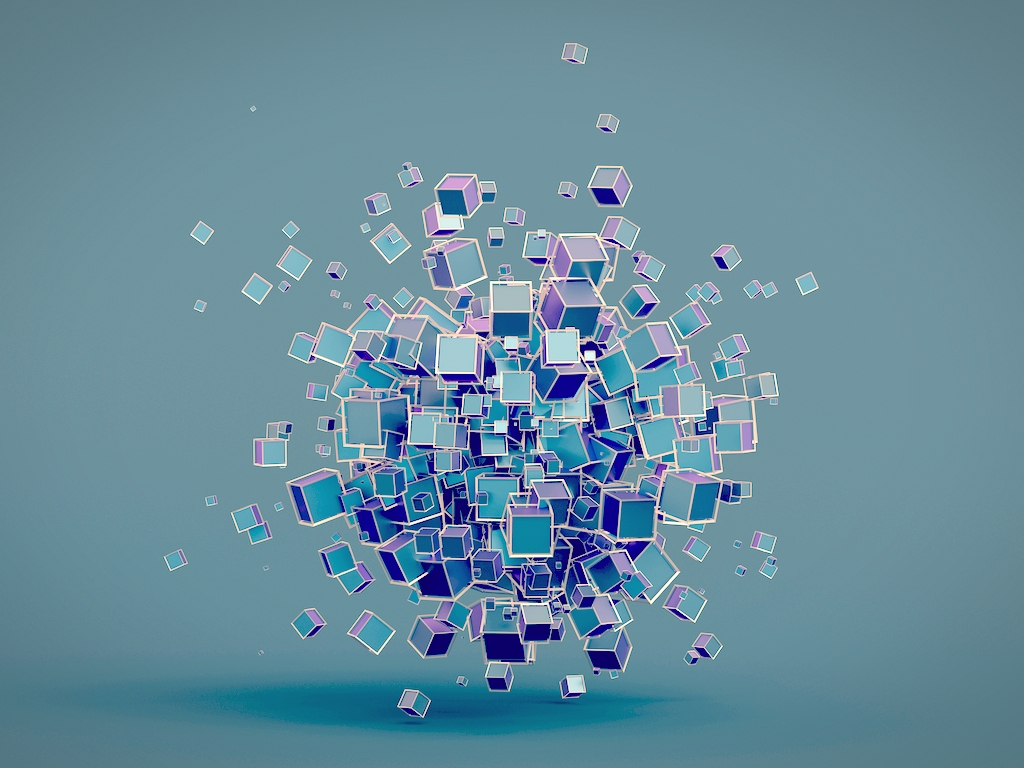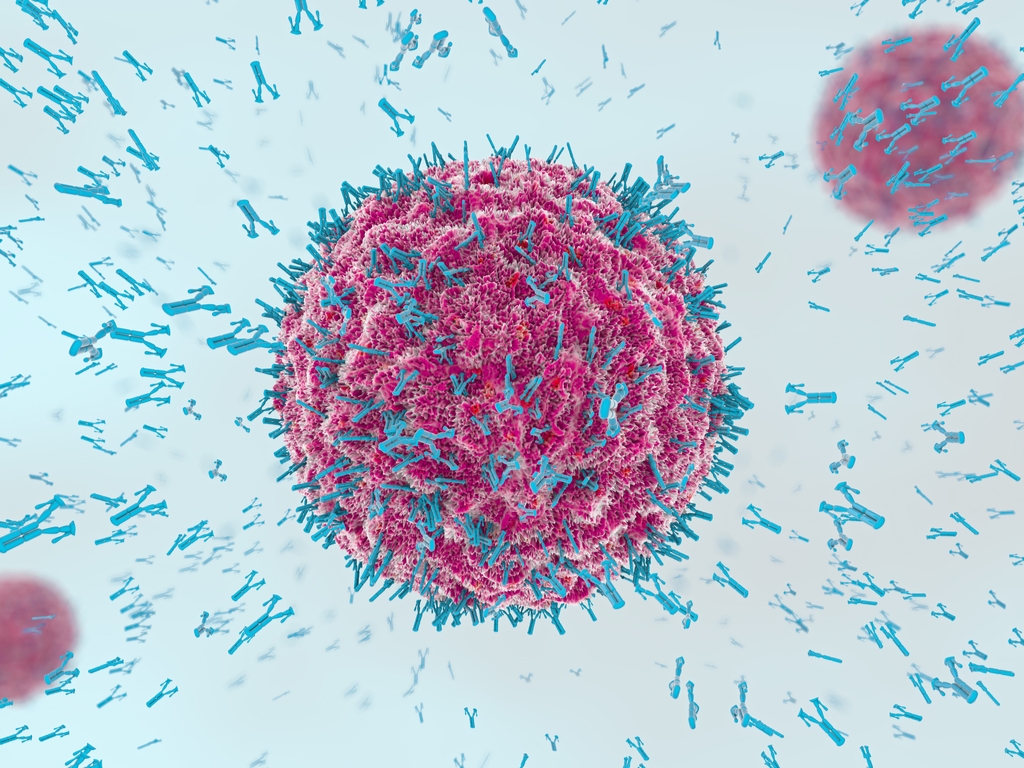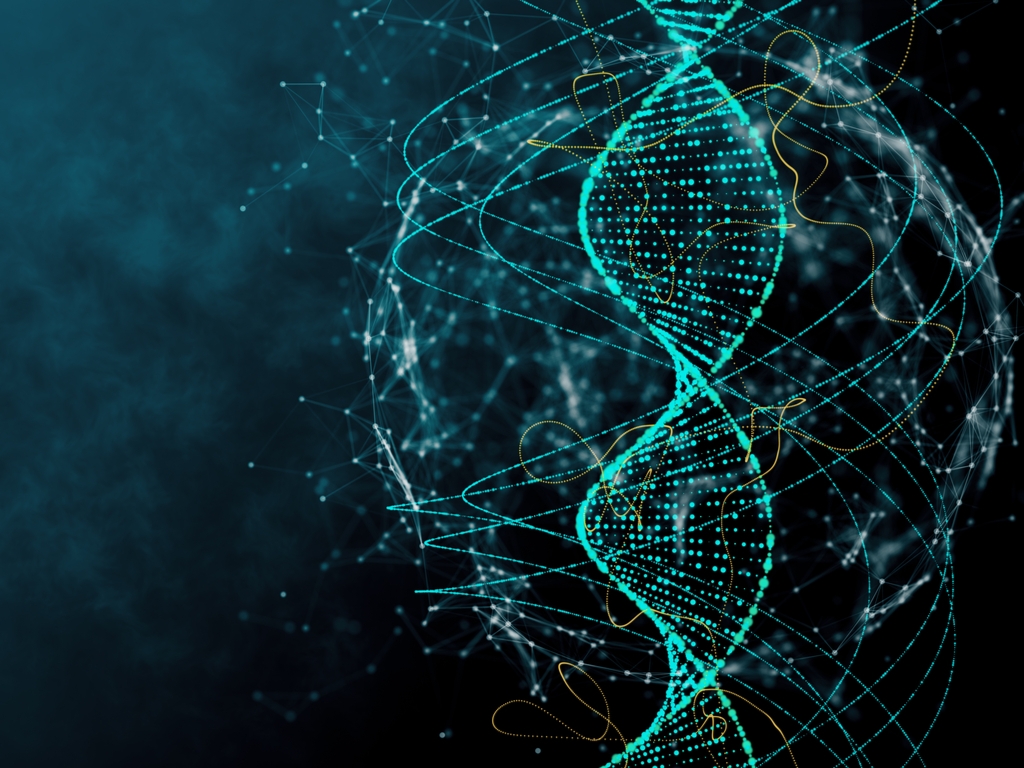Home > Insights > Biotech, Pharma Healthcare > What is Bioprocessing?
What is Bioprocessing?
By: Kiran Chin
June, 2020

Our Executive Perspectives are informational primers intended for executives and functional leaders. They are intended to provide a calculated mix of technical and commercial understanding of relevant topics in science and technology industries.
What is Bioprocessing?
Biologics manufacturing is more commonly referred to as bioprocessing given that the biologic that is being manufactured follows an atypical path than what is common to manufacturing.
Biologics vary in their chemical and organic structure from “small molecule” drugs such as Tylenol or Advil. While these small molecule drugs have a defined chemical composition, which makes it easy to manufacturer. This is not the case with biologics.
Biologics manufacturing is highly complex and involved. This is the case because the end product that is being manufactured is often times a vaccine, recombinant protein or monoclonal antibody – each with a different mode of action within the body and a different target site.
While there are variations within each phase of bioprocessing for each biologic, the overall process flow for bioprocessing typically follows the following path:
What is the Bioprocessing Workflow?
While there are variations within each phase of bioprocessing for each biologic, the overall process flow for bioprocessing typically follows the following path:
1. Seed bank storage: the act of storing the cell lines to be used in the manufacturing of biologics
2. Cultivation: the process of scaling up the small volumes of cells to a workable volume that allows for the transition to large-volume cell culture processes.
3. Cell culture: the process of multiplying or growing the target molecules using the cell lines as a “miniaturized factory”. This part of the process is quite complex and the emphasis is often on yield and stability.
4. Separation: the act of separating out the cells that were used to manufacture the therapeutic target from the target. This phase may also be called the “harvest” as it relates to the harvesting of the target of interest. If the target was manufactured inside of a cell, a process step preceding separation would be Recovery in which the cells are lysed to make the target of interest accessible for separation. Separation technologies may include centrifugation
5. Clarification & Purification: Another process step is the removal of impurities
6. Diafiltration & Concentration: The process of removing salts and solvents from the manufacturing process
7. Virus Removal: As the name implies, this process step is focused on the removal of virus and viral particles from the manufactured solution. This may include inactivating the virus particles using chemicals or using sterile filtration or chromatography to remove specific size virus particles.
8. Finishing & Filling Steps: This final processing of the target molecule includes ensuring stability, efficacy and other parameters to ensure the target does what is intended to do. This part of the process flow also looks at delivery methods (aerosol, powder, liquid) and fills vials according to the appropriate dosing requirements.
9. Labeling / Packaging: The final manufacturing process steps include labeling for traceability and packaging the vials ready for transport
Typically, the process steps prior to the culturing of target molecules are called “upstream” and those that occur once the target is manufactured as “downstream” – the point of demarcation being the presence of the target.
Please note that the above is an abbreviated workflow. There are many more process steps that may be involved depending on the cell line, therapeutic molecule, media and several other variables that may affect a specific manufacturing process.

What are the key ingredients needed for bioprocessing?
The primary focus for bioprocessing is the need to generate the target molecule in sufficient volumes to utilize in large-scale therapeutic populations. This process step is called “cell culture”. The key ingredients needed for cell culture include:
- Target molecule of interest (the material to be multiplied)
- Cell line used to manufacture target
- Growth medium and reagents used as the environment for growt
- Production vessels such as large-scale bioreactorsInfrastructure and utilities to serve as the site for manufacturing, including utilities and water
It is important to note that the cell line is the primary driver that determines the entire bioprocessing platform that will be used.
What are the cell culture platforms available?
Cell culture may sometimes be defined by the cell type that is being used for the manufacturing process. At the highest level, these cell types are defined by the following platforms:
1. Microbial
2. Mammalian
3. Insect
4. Plant
5. Viral
Microbial fermentation and mammalian cell culture are the predominant cell culture platforms, each accounting for approximately 45% and 55% of all the manufacturing that occurs for biologics.
What is the difference between mammalian cell culture and microbial fermentation?
In the historical sense (in the 1990s), microbial fermentation processes were more popular given the ability to replicate quickly and generate high titres (product yield). However, in the last twenty to thirty years, biologics using mammalian cell culture processes have been approved in greater numbers by regulatory bodies. Here is why:
Microbial cell culture generates high titres (5-10 g/L on average) and replication occurs every 40-60 minutes. There costs for media and manufacturing investment are lower but there are higher oxygen and cooling demands given the high metabolic heats associated with the high rate of cell growth. This process lacks the ability to complete post-translational modifications for therapies used in humans and thus requires extra steps to finalize, purify and finish.
Mammalian cell culture (relative to microbial) has lower titres (1-5 g/L with certain applications getting into the 8-10 range) and replication occurs every 24-48 hours. The costs for media and manufacturing facilities is higher. However, the product that is manufactured using the mammalian cells have the ability to complete post-translational modifications (protein folding and binding). This last benefit is potentially what has driven the demands for mammalian cell culture processes as it reduces the human intervention steps required to ensure proper structure for the final product.
Which cell lines are used in bioprocessing?
Mammalian Cell Lines
1. HeLa (human)
2. HEK293 (human)
3. CHO (hamster)
4. BHK21 (hamster)
5. NSO (murine)
6. MDCK (dog)
7. Vero (primate)
8. COS (primate)
Microbial Cell Lines
1. E. Coli (bacteria)
2. S. cerevisiae (yeast)
3. Aspergillus (mold)
How are cell lines selected?
To reiterate the importance of this, the cell line is the primary driver that determines which cell culture platform and process will be used. The decision on which cell line to use is often made at the lab bench – well before the manufacturing demands for equipment and raw materials. The selection criteria include:
1. Finite vs. Continuous: The ability of cells to divide/multiply is limited and is often referred to as senescence. However, certain cells can divide indefinitely and have become “immortal” – such as the HeLa cells obtained from a cervical cancer patient, Ms. Henrietta Lack in the 1950s and are still in use today. These immortal or “continuous” cell lines are easier to maintain, grow faster, clones more easily, produce higher yields and are more easily adapted to serum-free media.
2. Species: Given concerns regarding origin of tissue, non-human cell lines tend to be more accessible and have fewer biohazard restrictions.
3. Growth Characteristics: Identifying the yield requirements and ability to grow in adherent or suspension environments is critical to defining a cell line
4. Availability: Of course cell lines can only be used if available
5. Phenotypic Expression: Does the cell line used provide the correct characteristics?
6. Stability: Is the cell line stable? Can it be cloned?
7. Adherent or Suspension: Another critical decision in selecting a cell line is whether it grows on a material (adherent) or can be grown in suspension. This decision can be rate-limiting if the manufacturing process has to be on adherent platforms as it limits the surface area on which cells can grow (think walls of a bioreactor vs the interior holding volume of a bioreactor)
Intracellular vs. Extracellular Excretion
Contamination Concerns in Bioprocessing
What are the Market Drivers for the Bioprocessing Industry?
Connect with our experts today


